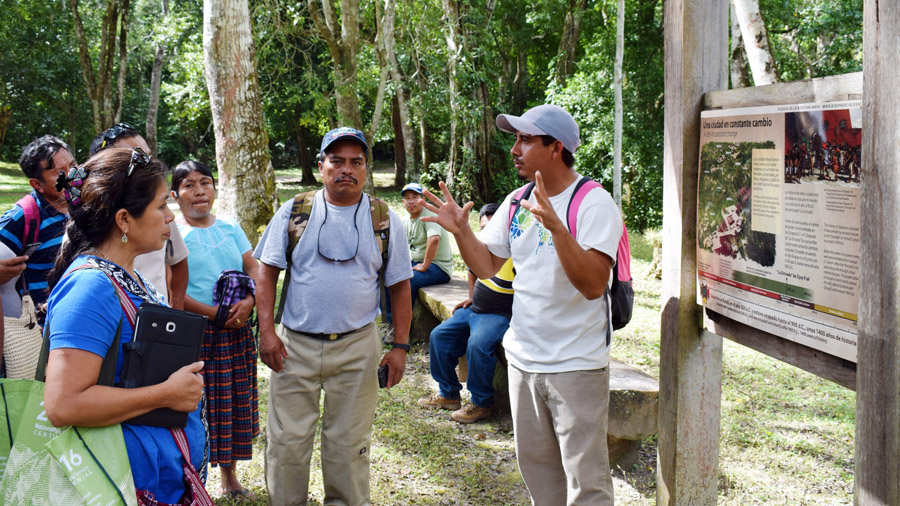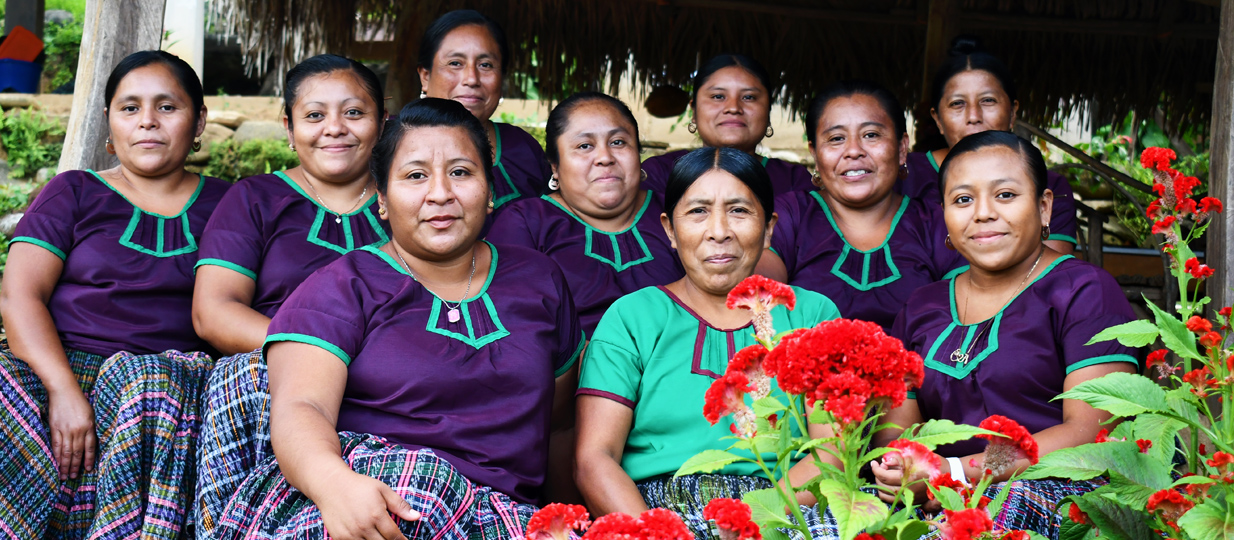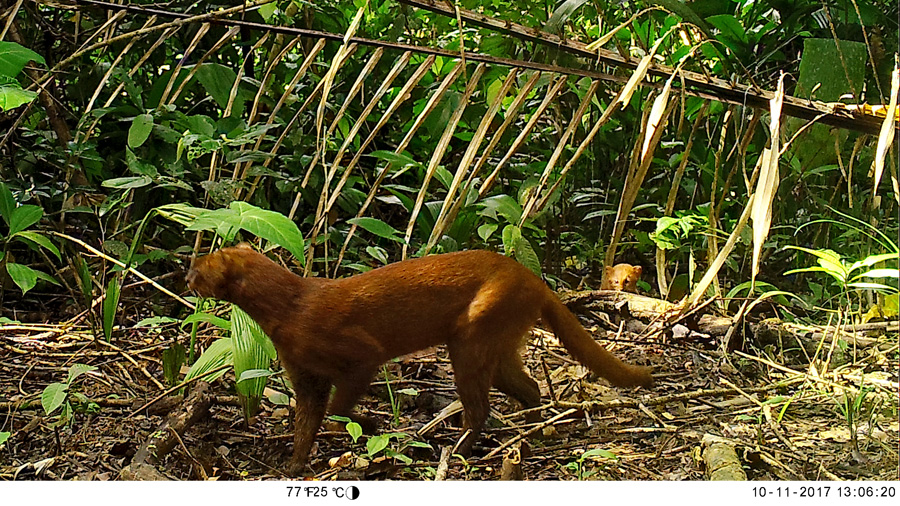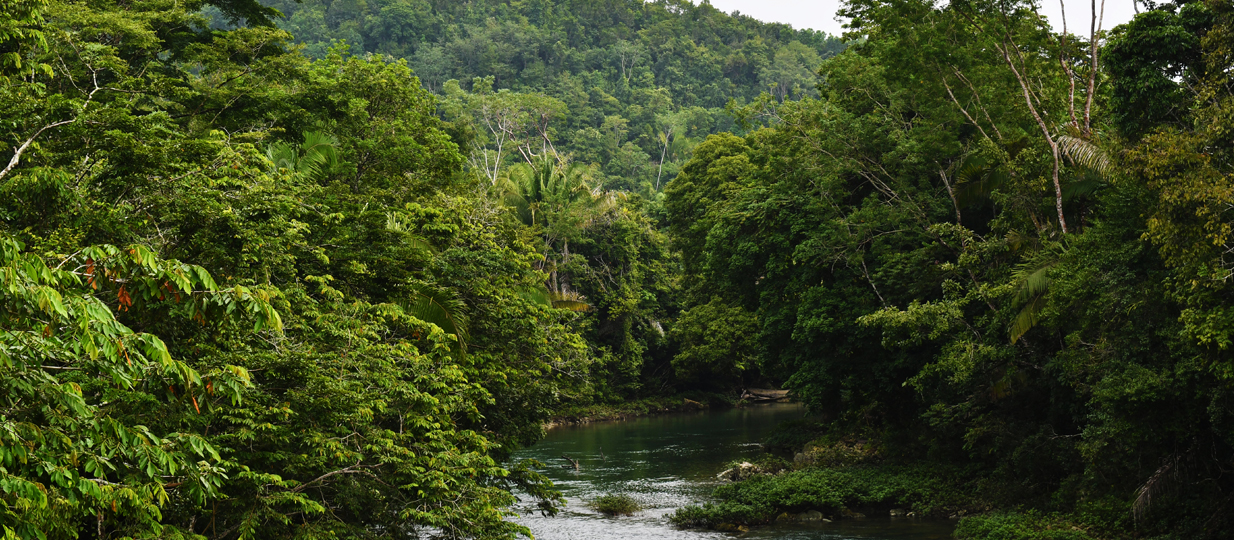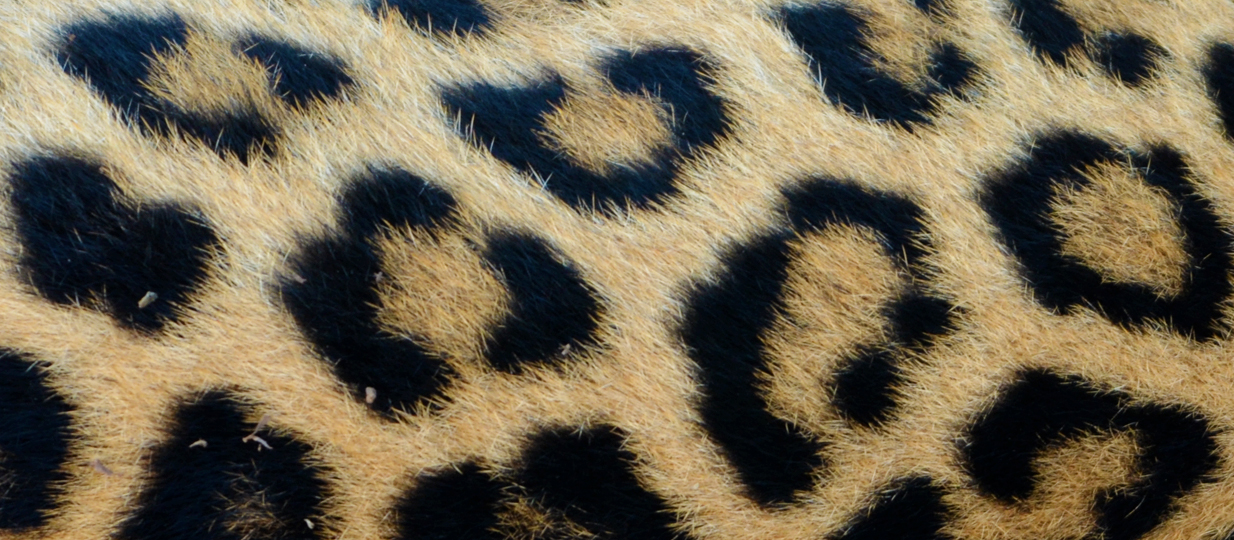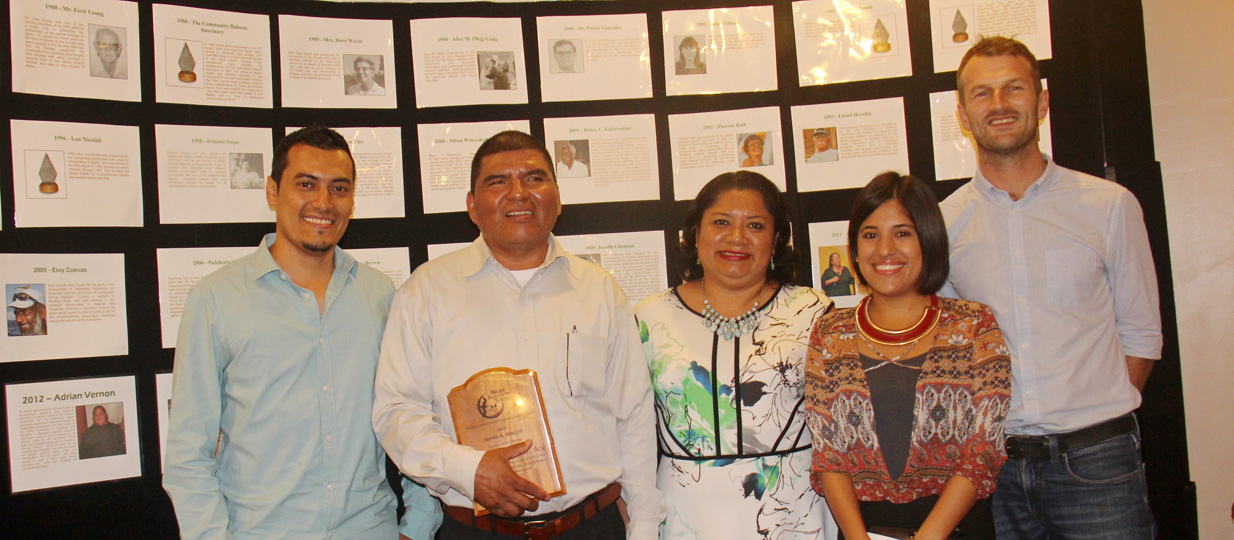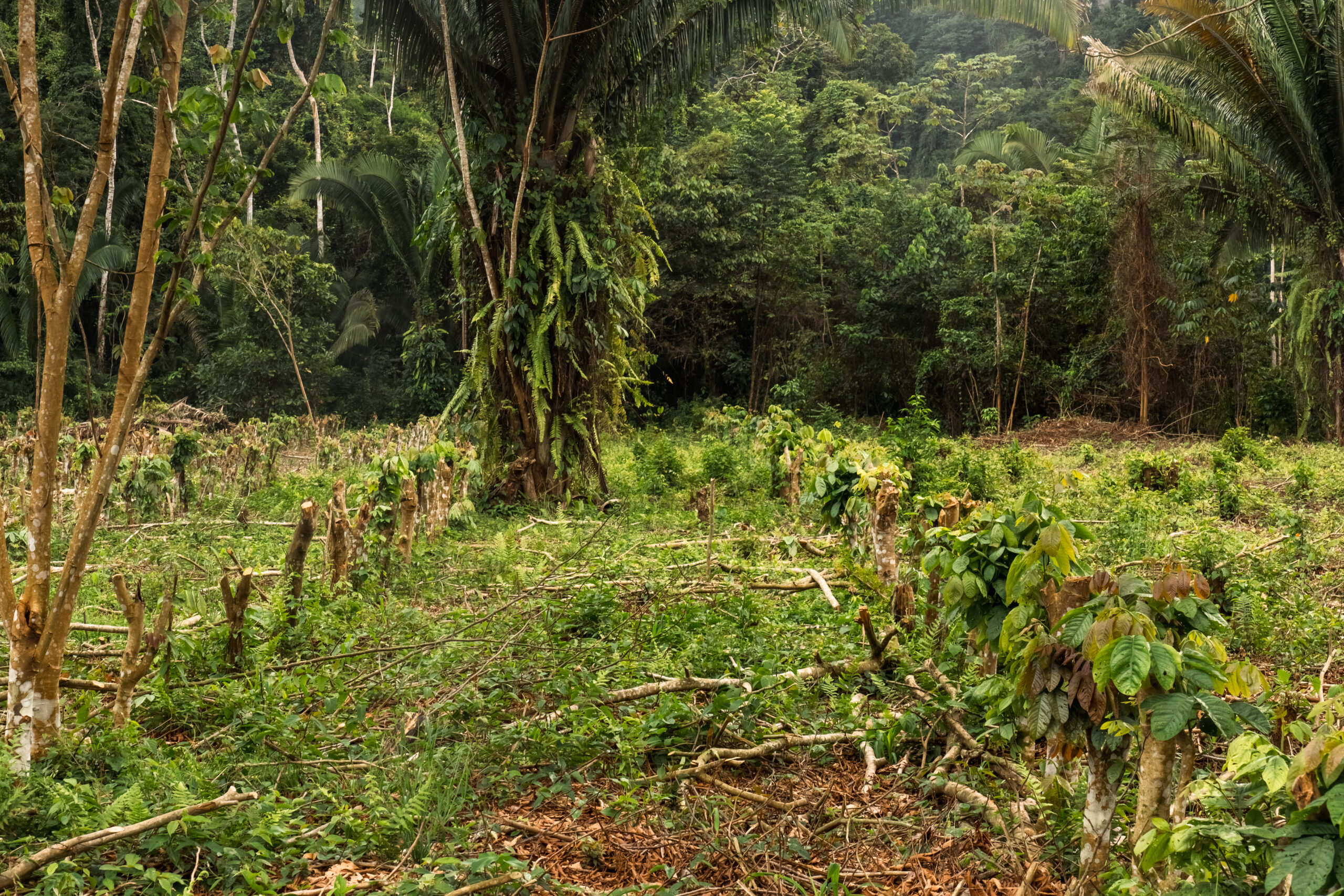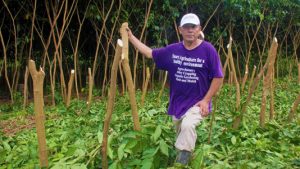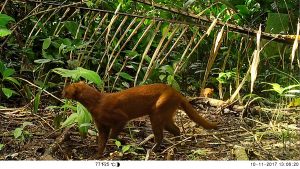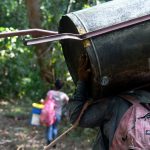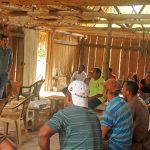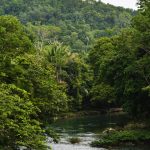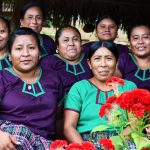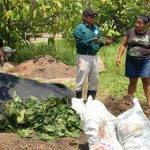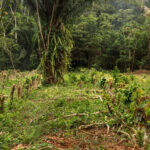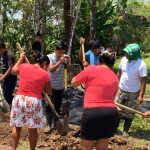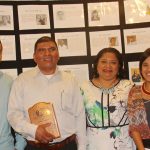12 community members from southern Belize visited the Uaxactún concession in Guatemala where forest management has seen success with local community participation.
Ya’axché is implementing a 4 year project, funded by the European Union, with 7 partner organizations from Guatemala, Honduras and Nicaragua. The project aims to increase the capacity of participating organizations and indigenous communities in effective forest governance, conservation and sustainability.
We are collaborating with Sarstoon Temash Institute for Indigenous Management (SATIIM) in southern Belize to implement the activities of the project entitled “Gobernanza Forestal de Pueblas Indigenas y Comunidades Forestales en REDD+ y FLEGT”. SATIIM supports 2 local groups who are managing a community logging concession.
Ya’axché works with 5 women’s groups who utilize non-timber forest products, over 60 farmers who support the protection of forests by employing climate smart farming practices, and with 30 farmers who are implementing Belize’s first cacao-based agroforestry concession within Maya Mountain North Forest Reserve.
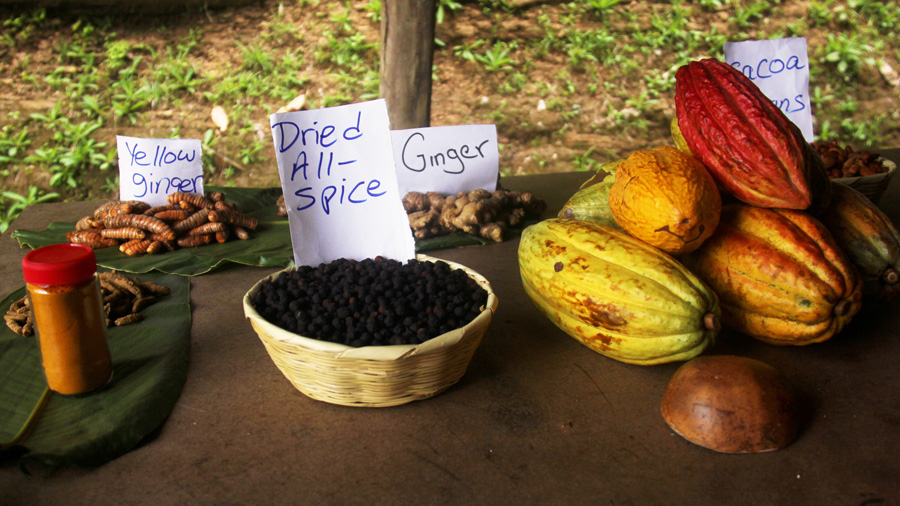
Twelve (12) members from these groups from southern Belize, beneficiaries of standing forests, embarked on a journey to Guatemala to learn about the success and challenges faced when communities collectively manage forests.
Uaxactún is an ancient, sacred Maya archaeological site, a community and a long term concession managed by the community of Uaxactún which is situated within the Reserva de la Biosfera Maya, Peten, Guatemala. The community members of Uaxactún focus on timber, xaté palm and ramón nut harvesting and ecotourism and are supported by organizations such as Management and Conservation Organization (OMYC), Association of Forest Communities of Petén (ACOFOP) and Community Forest Business Service (FORESCOM). This working, successful model is over 20 years in the making.
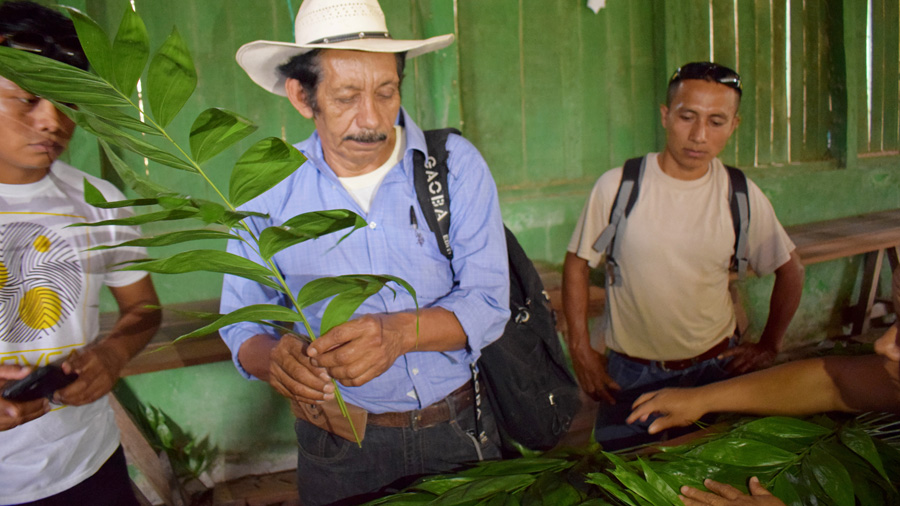
The extraction of timber and plants is properly regulated and guided by a long term management plan. Men, referred to as Xatéros, go out year-round into the concession to cut xaté palm leaves (Chamaedorea elegans, C. ernesti-augusti, C. oblongata, and C. nerochlamys) in bundles to be checked and sorted by women in a warehouse. Thereafter, the leaves are exported to the United States and around the world for ornamental arrangements.
Nutritious Ramón seeds (Brosimum alicastrum) are collected, dried and ground to be used as flour alternative and beverage. Women and children are involved in collecting and processing ramón seeds. And, the parceled timber concession, guided by a management plan, runs for a cycle of 40 years. Expert foresters maintain a detailed inventory of trees, identify mature trees and guide the harvesting of mature trees.
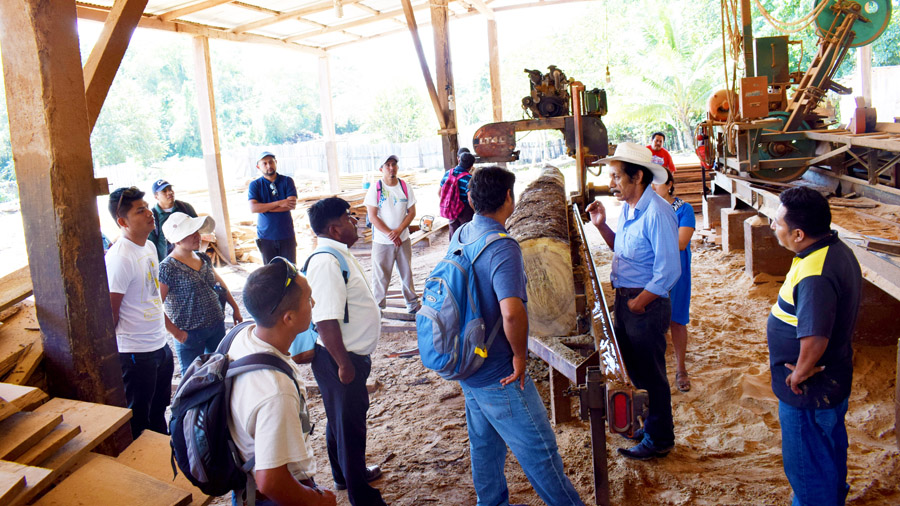
Due to the close proximity of the culturally important archaeological site, Uaxactún, the community also benefit from ecotourism activities. Community members sell timber and stone carvings, arts and crafts, food, and offer tour guide services to visitors.
Notably, the stakeholders are aiming for certification such as Forest Stewardship Council for timber and xaté. In the face of perceived insurmountable challenges, the Uaxactún community members worked together to what is today, a valued lesson gathered by the visiting group. The realization that this is also possible in southern Belize was prominently understood.
Ya’axché regularly takes farmers, women entrepreneurs and community leaders from the Maya Golden Landscape on exchange visits to learn about the challenges and successes of innovative practices that ensure the sustainable use of natural resources. Ya’axché will continue to work with communities, as it has since 1998, to create harmony with nature and human development.
